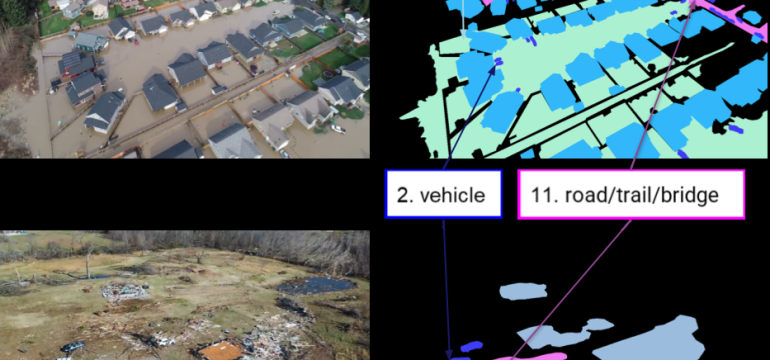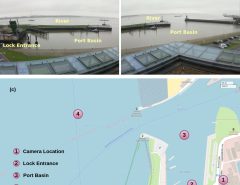Authors: Leo Chen, Benjamin Boardley, Ping Hu, Yiru Wang, Yifan Pu, Xin Jin, Yongqiang Yao, Ruihao Gong, Bo Li, Gao Huang, Xianglong Liu, Zifu Wan, Xinwang Chen, Ning Liu, Ziyi Zhang, Dongping Liu, Ruijie Shan, Zhengping Che, Fachao Zhang, Xiaofeng Mou, Jian Tang, Maxim Chuprov, Ivan Malofeev, Alexander Goncharenko, Andrey Shcherbin, Arseny Yanchenko, Sergey Alyamkin, Xiao Hu, George K. Thiruvathukal, Yung Hsiang Lu
Published on: March 11, 2024
Impact Score: 8.2
Arxiv code: Arxiv:2403.07153
Summary
- What is new: The 2023 LPCVC focused on image segmentation of disaster-affected areas through UAV imagery, emphasizing both high accuracy and low resource consumption in computer vision solutions.
- Why this is important: Most computer vision research prioritizes accuracy over model size and resource efficiency, making it challenging for edge devices to run these solutions effectively.
- What the research proposes: The LPCVC promotes developing computer vision models that balance high accuracy with minimal resource requirements, suitable for embedded devices.
- Results: The competition attracted 60 international teams, with winners demonstrating innovative solutions that achieved both high accuracy in segmenting disaster-affected areas and low execution times on devices like Raspberry PI and Nvidia Jetson Nano.
Technical Details
Technological frameworks used: nan
Models used: nan
Data used: UAV-acquired images of disaster-affected areas
Potential Impact
Companies in drone technology, disaster management, and edge computing devices could significantly benefit or face disruption due to the advancements presented in this paper.
Want to implement this idea in a business?
We have generated a startup concept here: SkyAid Analytics.



Leave a Reply